13 Things Your Dog Sees and Hears That You Cannot
Dogs experience the world in ways most people can’t begin to imagine. Their hearing is sharper, their sense of smell far more advanced, and their ability to detect tiny changes borders on superhuman. Let’s discuss the unseen and unheard details they pick up every day.
High-Frequency Sounds Are Easy for Them

Credit: iStockphoto
Sounds that escape the human ear can be loud and clear to your pup. Electronic devices, squeaky toys, and ultrasonic signals often operate at pitches well beyond human range. With hearing that reaches up to 65,000 Hz, they’re aware of environmental sounds most people would never notice—sometimes reacting before anything feels off to us.
Mood Changes Show Up Without a Word

Credit: iStockphoto
Stress, sadness, and excitement cause physical reactions that dogs can sense. Heart rate shifts, small muscle movements, and changes in aroma all give away what someone’s feeling. Dogs then process these cues instinctively and respond with calmness, curiosity, or a desire to stay close.
Motion Detection Is Sharper in Low Light
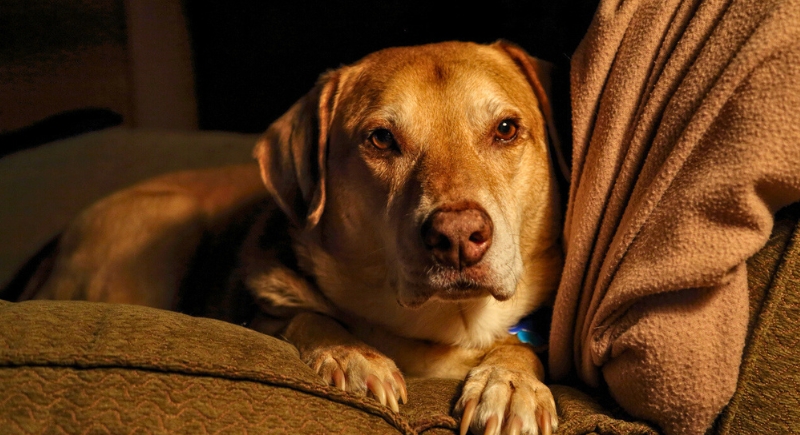
Credit: iStockphoto
Despite poor lighting, dogs can track movement with precision. Their eyes are built with more rod cells that allow them to spot quick actions at a distance. At dusk or dawn, when human vision starts to falter, dogs are still able to follow a moving object across a field or down the block.
Facial Twitches Mean Something
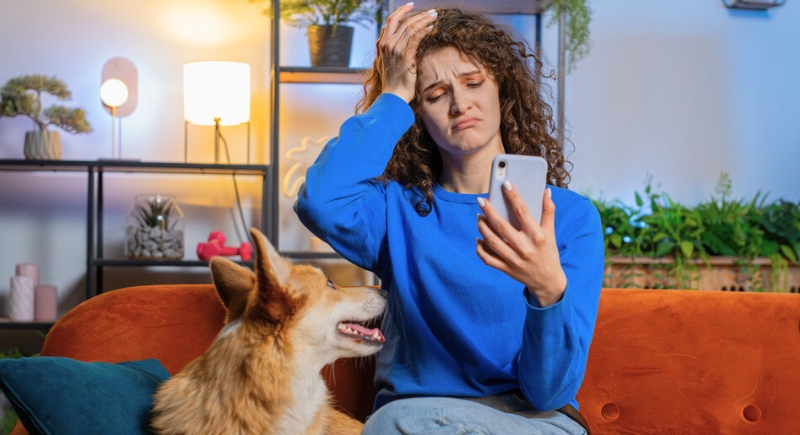
Credit: iStockphoto
People make tiny expressions without realizing it—raised eyebrows, jaw tension, or lip movements. Dogs are keen observers of these details. Over time, they associate these expressions with emotion or intent. Some seem to respond before a full expression appears, as if they’re reading the start of a sentence.
Scent Trails Stretch for Miles
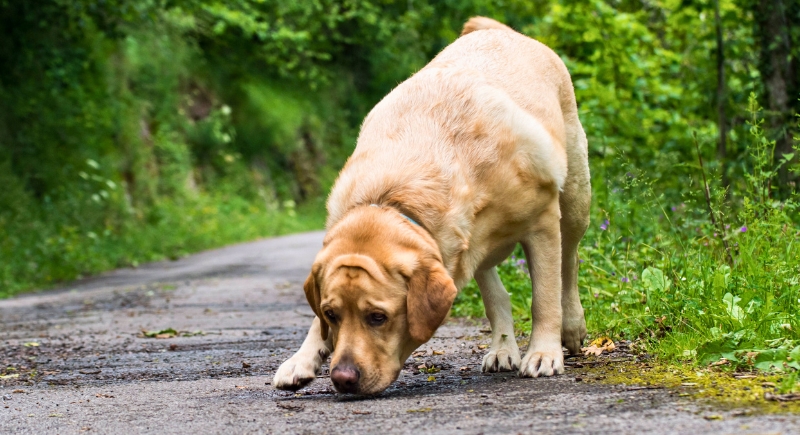
Credit: Getty Images
Smells linger long after a person or animal leaves. Dogs can track these trails over large distances by relying on scent memory to determine who passed by, how recently, and in which direction they went. What looks like random sniffing is a detailed reading of what’s happened in that spot hours—or days—before.
Sensing Static Electricity Before Storms

Credit: Getty Images
Before a thunderstorm, your pal may experience discomfort due to the buildup of static electricity in their fur. This sensation can lead them to seek out grounded areas, such as bathtubs or basements, to alleviate the tingling caused by static charges.
Illness Gives Off a Specific Smell

Credit: Getty Images
Medical alert dogs are trained to pick up on physical cues like low blood sugar or oncoming seizures. Even without formal training, many notice illness through differences in odor in breath or skin. Some react to inflammation or infection and respond with concern before symptoms become obvious.
Noises Behind Walls Aren’t Hidden

Credit: pexels
Pipes clanging, mice scurrying, or insects moving through a vent may be completely silent to the average person. Your canine hears these things as part of their everyday world. Sharp directional hearing helps them pick up on noises from inside furniture, floors, or walls. What seems like random barking often isn’t random at all.
Hormonal Movements Are Noticeable
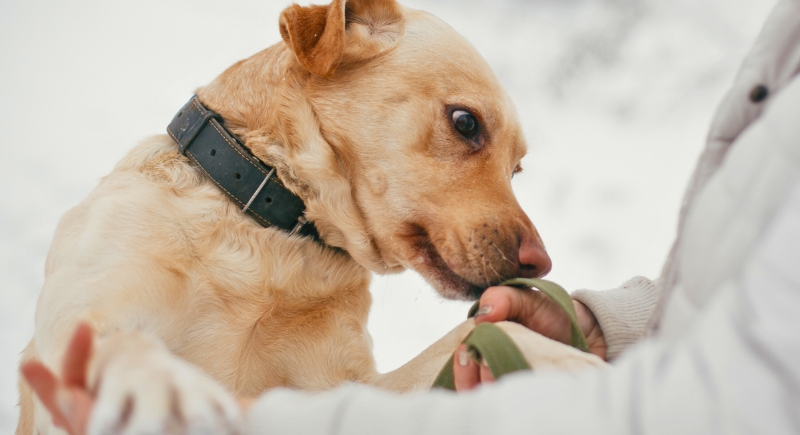
Credit: iStockphoto
Shifts in hormone levels affect how someone smells, if only slightly. Some dogs show increased affection, protection, or attention toward people experiencing hormonal fluctuations like pregnancy, stress, or any other condition.
Detecting Residual Scents on Washed Items

Credit: iStockphoto
Even after washing, our four-legged friends can detect scents on clothing and other items. Their highly sensitive noses can determine trace amounts of odors that persist despite cleaning efforts. This capability is utilized in various fields, including forensic investigations, where dogs assist in detecting evidence that may not be apparent to humans.
Daily Routines Leave Clues
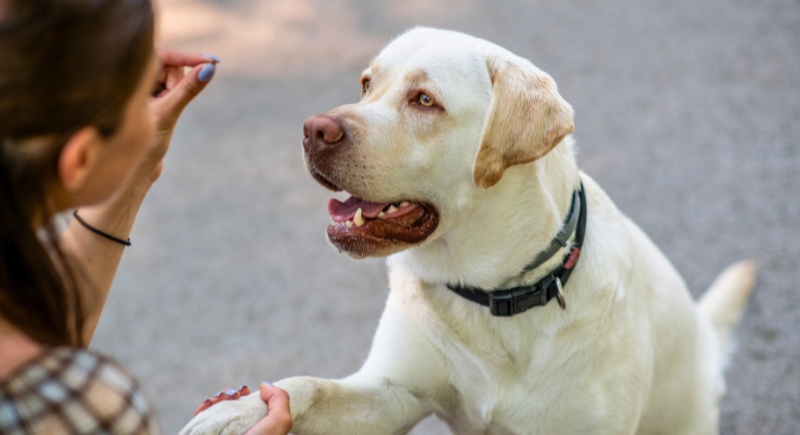
Credit: Getty Images
People often reveal patterns without saying a word. The way someone stands, the order they reach for items, or the sound of a bag zipper all signal what’s coming next, and dogs notice the setup. They respond based on what usually follows these subtle routines.
Vehicles Announce Themselves Early

Credit: Getty Images
Engines, vibrations, and road sounds travel farther than you’d expect. Some pups perk up when a familiar vehicle turns onto a distant street. They don’t need to see a car pulling in—they already recognize the signals. It may feel like intuition to you, but it is usually sharp hearing paired with memory and routine.
Animals Leave Markers Humans Miss
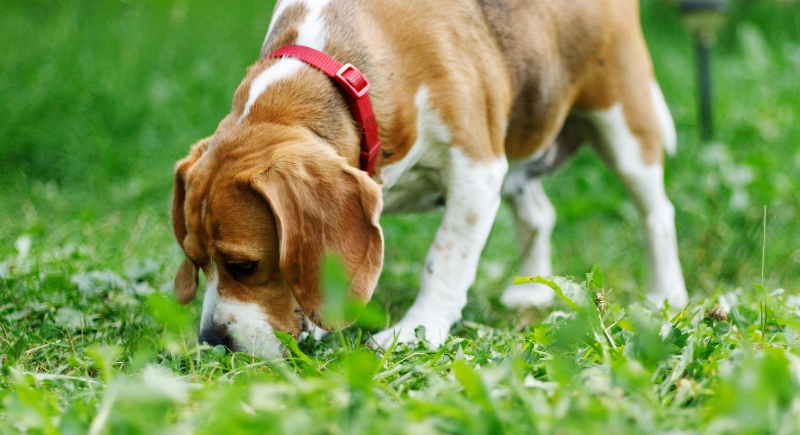
Credit: Getty Images
A quick sniff in the backyard might tell a whole story. Wild animals and neighborhood pets leave behind skin cells, fur, and other odors. Dogs act on this information right away, sometimes fixating on areas you wouldn’t think twice about. It’s how they understand who’s been nearby—and how recently.
Fear Looks and Smells Different

Credit: Getty Images
Tension affects how someone stands, speaks, and smells. Your four-legged pals may observe these cues. Raised shoulders, shifting eyes, and clenched hands can signal nervousness. Many canines react with alertness or concern, especially if they sense something unusual about a stranger’s energy or presence.
Rearranged Furniture Doesn’t Go Unnoticed

Credit: Canva
The slightest change in a room can draw their attention. A moved chair, a new fragrance, or an unfamiliar sound triggers investigation. This sensitivity is about how they monitor their surroundings. When something’s off, they notice, even if the difference seems minor to everyone else.